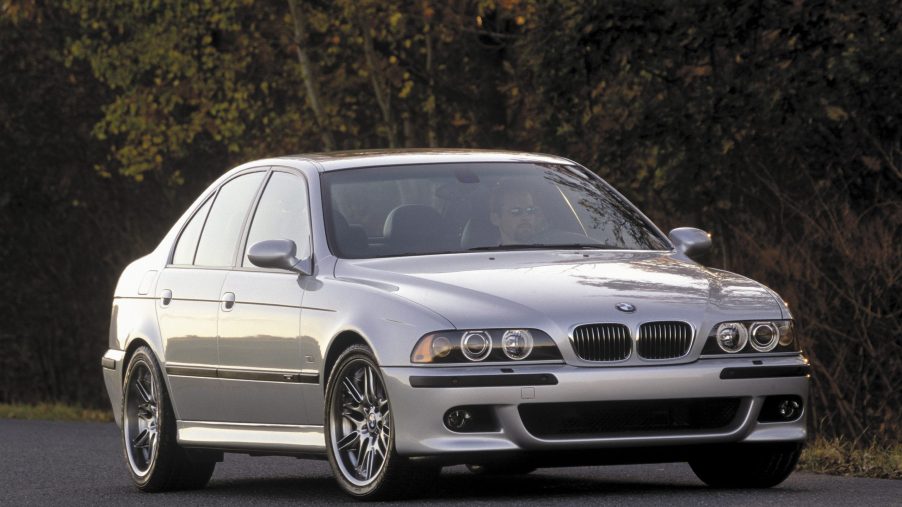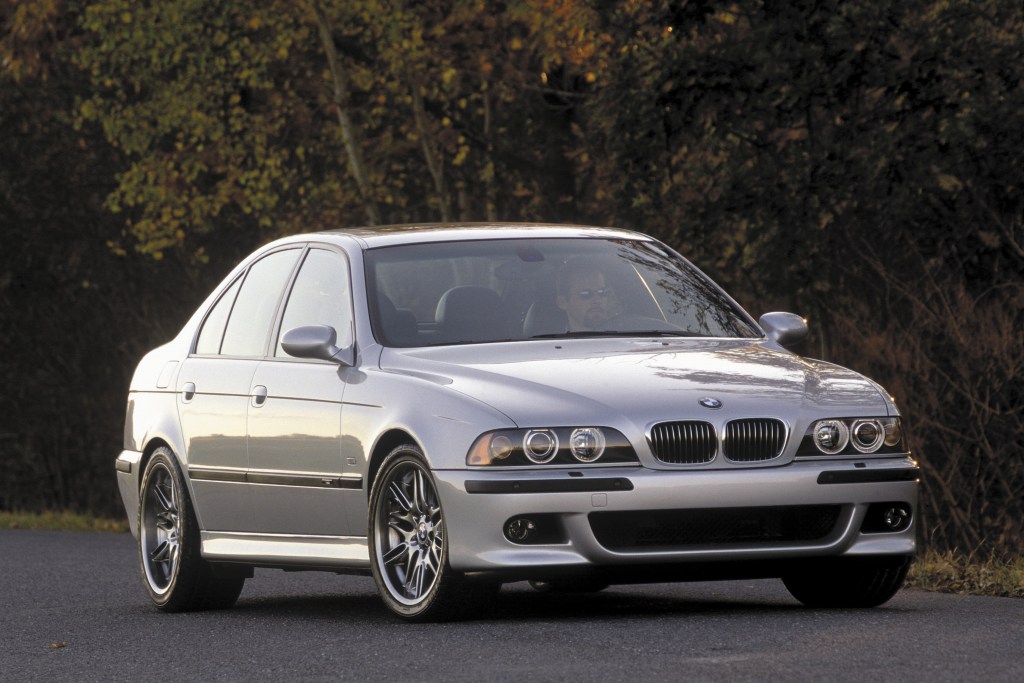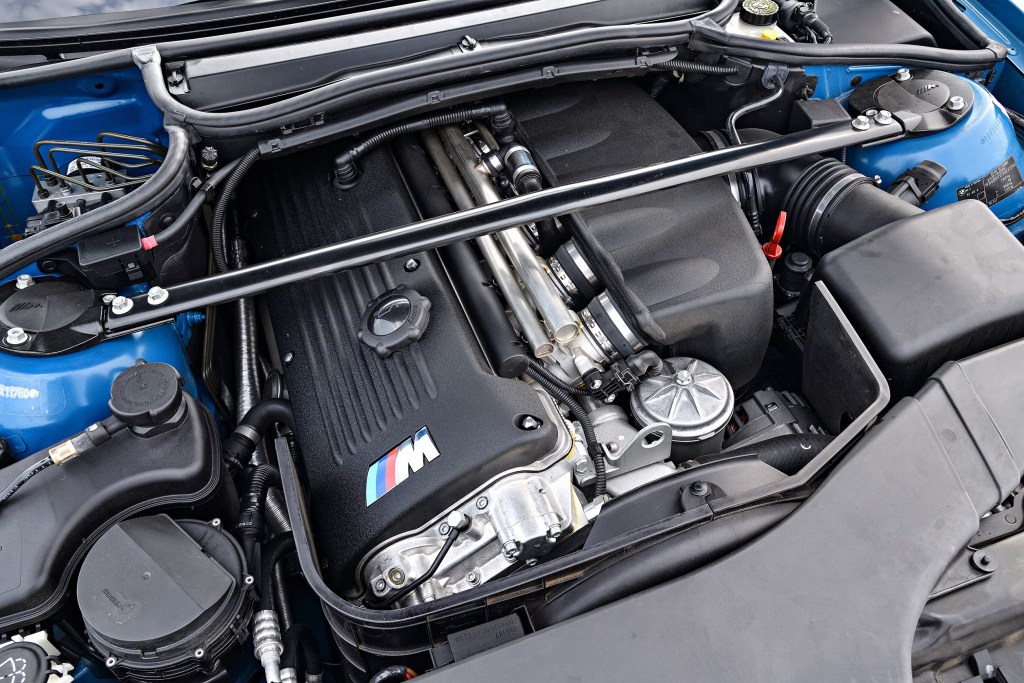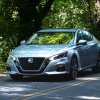
What’s the Most Reliable Used BMW M Car?
Reliable used BMW M car guide highlights:
- MotorBiscuit spoke with BMW expert shop Enthusiast Auto Group about reliable used M cars
- For maximum reliability, EAG recommends naturally-aspirated BMW M cars from 1997-2010-ish, specifically cars with S52, S62, and 2003-and-later S54 engines
- While maintenance often costs more, these ‘analog’ M cars are simple enough to wrench on, and you can avoid expensive headaches through pre-purchase inspections and by buying examples with extensive service histories
If you ask the average car enthusiast, they’ll likely say that the best BMWs carry M Division badges. And because even these high-end, high-performance sports cars aren’t immune to depreciation, used M cars can be surprisingly budget-friendly. ‘High-end’ doesn’t always mean ‘reliable,’ though, and cheap to buy doesn’t always mean cheap to own. But even so, there are reliable used BMW M cars out there. And here’s what you need to look for to get one.
The most reliable used BMW M cars come from the ‘analog era’

Within the BMW M community, few names carry as much weight as Enthusiast Auto Group. The Cincinnati, Ohio-based shop is an expert in BMWs from what Hagerty calls the “analog era, the 1970s to the early 2000s.”
Now, this spread technically covers models that are over 25 years old, the typical minimum for classic status. But it also includes cars from what many BMW fans consider the ‘golden age,’ i.e., the 1990s and early 2000s. And when I spoke with EAG representative Mike Kent, he confirmed that the most reliable BMW M cars are from this era. Assuming the 25-year rule, that means 1997 to roughly 2010. The ‘roughly’ is because the E9x 3 Series, which ran until 2013, is part of this era, but the contemporary F10 M5 isn’t.
There are several reasons why Kent recommends getting an ‘analog’ era used BMW M car. Firstly, these cars have few if any computerized components, which makes them easier to repair if something goes wrong. Secondly, these M cars have naturally-aspirated engines, rather than turbocharged ones. A turbocharged engine might be more powerful, but it’s also more complicated—and expensive—to repair and puts more stress on its components. Case in point, the NA N52 inline-six is less problematic over time than the turbocharged N54.
Get an inline-six or an S62 V8 if you want the most reliable used BMW M car

Speaking of the inline-six, that’s the best kind of engine for a reliable used BMW M car, Kent told me. BMW has spent decades and countless hours refining its inline-six design, much like GM has with the small-block V8. And that effort shines through with robust these engines generally are.
In terms of specific inline-sixes, Kent points to the S52 and S54 as the most robust powerplants. The S52 in particular is one of the most “set it and forget it” M engines out there, Kent says. BMW used the S52 in the E36 M3 as well as early Z3 M Coupes/Roadsters. Later Z3 Ms use the S54, as does the E46 M3 and the E86 Z4 M Coupe/Roadster. However, if you’re getting a BMW M car with an S54, get a post-2003 model, as 2001-2003 E46 M3s often suffered rod bearing failures.
While Kent and EAG praise the M-touched inline-six, that’s not your only option. The S62 V8 in the E39 M5 is also pretty stout provided you update its VANOS system. However, while the E9x 3 Series belongs in the analog era, if you value reliability, don’t get the E9x M3. Its S65 V8 is basically an S85 V10 with two fewer cylinders. And among other issues, it shares the V10’s rod bearing problems, BMW Tuning says.
In short, if you want a reliable used BMW M car, get one of these models:
- 1997-1999 E36 M3
- 2004-2006 E46 M3
- 1998-2002 Z3 M Coupe/Roadster
- 2006-2008 Z4 M Coupe/Roadster
- 2000-2003 E39 M5
Is a used M car expensive to maintain?
Although the used BMW cars listed above can be reliable, they are motorsports-derived vehicles, Kent notes. Their engines are high-strung and have higher-spec parts because of that. The S54, for example, revs to 8000 rpm, but only because it has mechanical valve lifters. So, you must regularly adjust the valves—familiar territory for motorcycle owners, not so much for modern car owners. And then there are the M-specific suspension, brake, and transmission components.
More frequent maintenance isn’t unusual for high-performance vehicles, though. That doesn’t make them unreliable; it comes hand in hand with their performance. “It’s gonna cost more from an ownership standpoint, just from a maintenance [standpoint], if you’re driving mile to mile,” Kent says. If you can’t stomach that, don’t buy a used BMW M car.
However, it’s worth noting that these ‘analog era’ cars are easier to wrench on at home. Furthermore, “a lot of these cars just don’t get driven as [often] as they used to because the [values] are continuing to grow,” Kent notes. And not driving a car can damage it, too, often in expensive ways. Also, some used BMW horror stories stem from people buying depreciated cars and not expecting the (to them) high maintenance bills. So, maintenance gets deferred and now the next owner has an even higher repair bill on their hands.
In addition, Kent says that “BMW just has a huge community when it comes to figuring out issues and figuring out solutions.” As with the Porsche IMS fixes, aftermarket parts can remove what could’ve been an expensive nightmare waiting to happen. Kent told me that E46 and E39 cars typically receive $10,000-$15,000 in proactive maintenance alone.
Hence why, for those shopping for used BMW M cars, “service history is #1 [and] finding a BMW technician that knows what they’re doing is #2,” Kent says. And a pre-purchase inspection will reveal problems before they become your problems.
How much are these reliable used M cars?
As noted earlier, used BMW M cars are often surprisingly affordable, hence why budget-minded enthusiasts find them appealing. Mind you, these ‘golden age’ models are starting to appreciate for the same reasons why EAG recommends them. And that especially applies to the cars EAG refurbishes—a 3000-mile E39 M5 it cared for sold for nigh-on $200,000.
However, that car was in mint condition with a capital M. Usually, the cars you’ll see are what Hagerty considers good condition: mechanically-sound drivers that could use some cosmetic touch-ups. And as of this writing, Hagerty considers these prices market average for the EAG-recommended used BMW M cars:
- 1997-1999 E36 M3: $20,000-$30,000
- 2004-2006 E46 M3: $30,000-$40,000
- 1999-2002 Z3 M Coupe/Roadster:
- S52: $20,000-$30,000
- S54: $25,000 (Roadster), $45,000-$52,000 (Coupe)
- 2000-2003 E39 M5: $30,000-$40,000
As of this writing, Hagerty doesn’t have a market guide for E86 BMW Z4 M Coupe/Roadster prices. But browsing Autotrader suggests good-condition examples typically run in the $25,000-$35,000 range.
So, if you want to get into a reliable used BMW M car, that’s at least how much you’ll need to save up. Just don’t forget to budget for maintenance.
Follow more updates from MotorBiscuit on our Facebook page.


